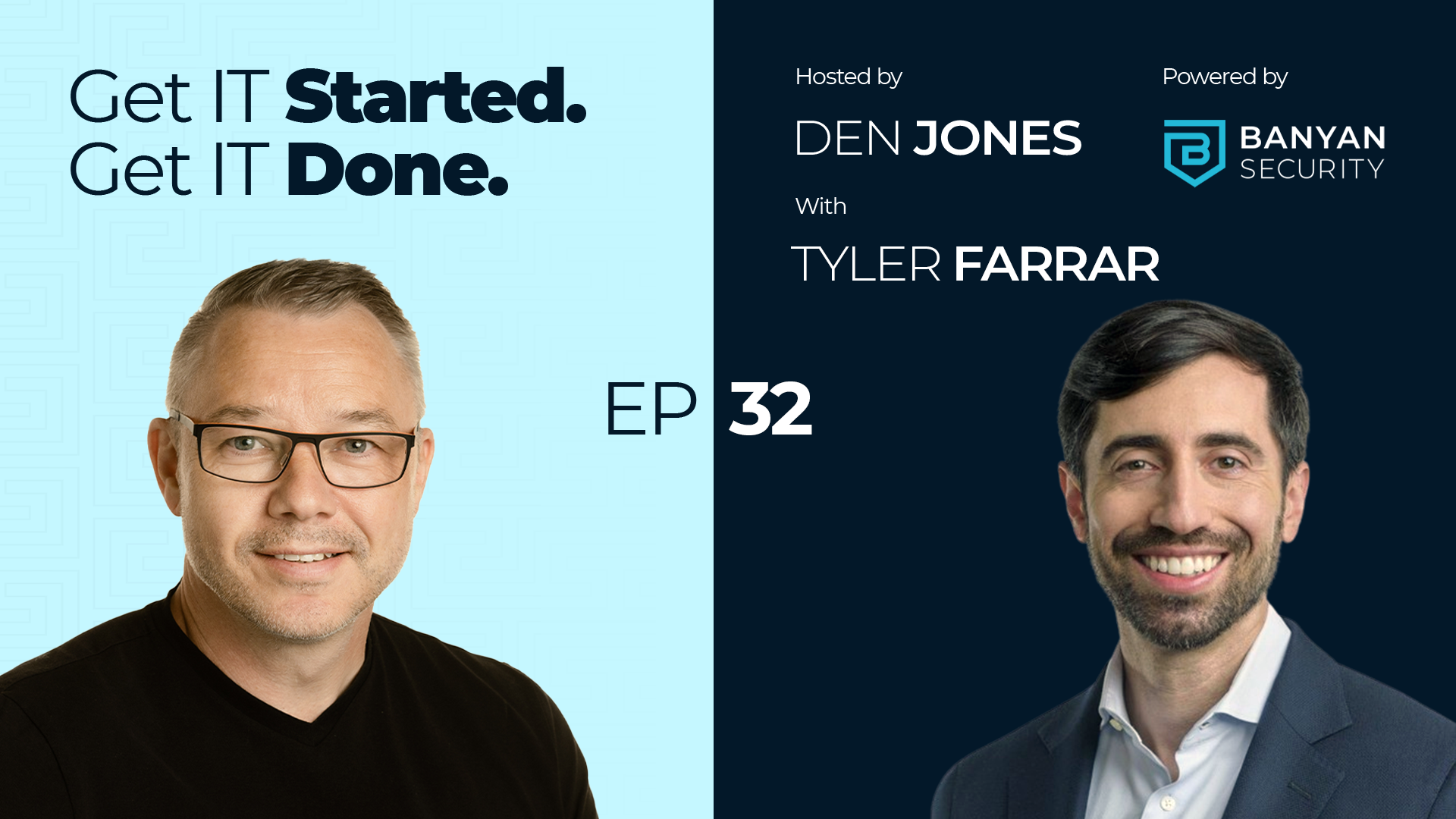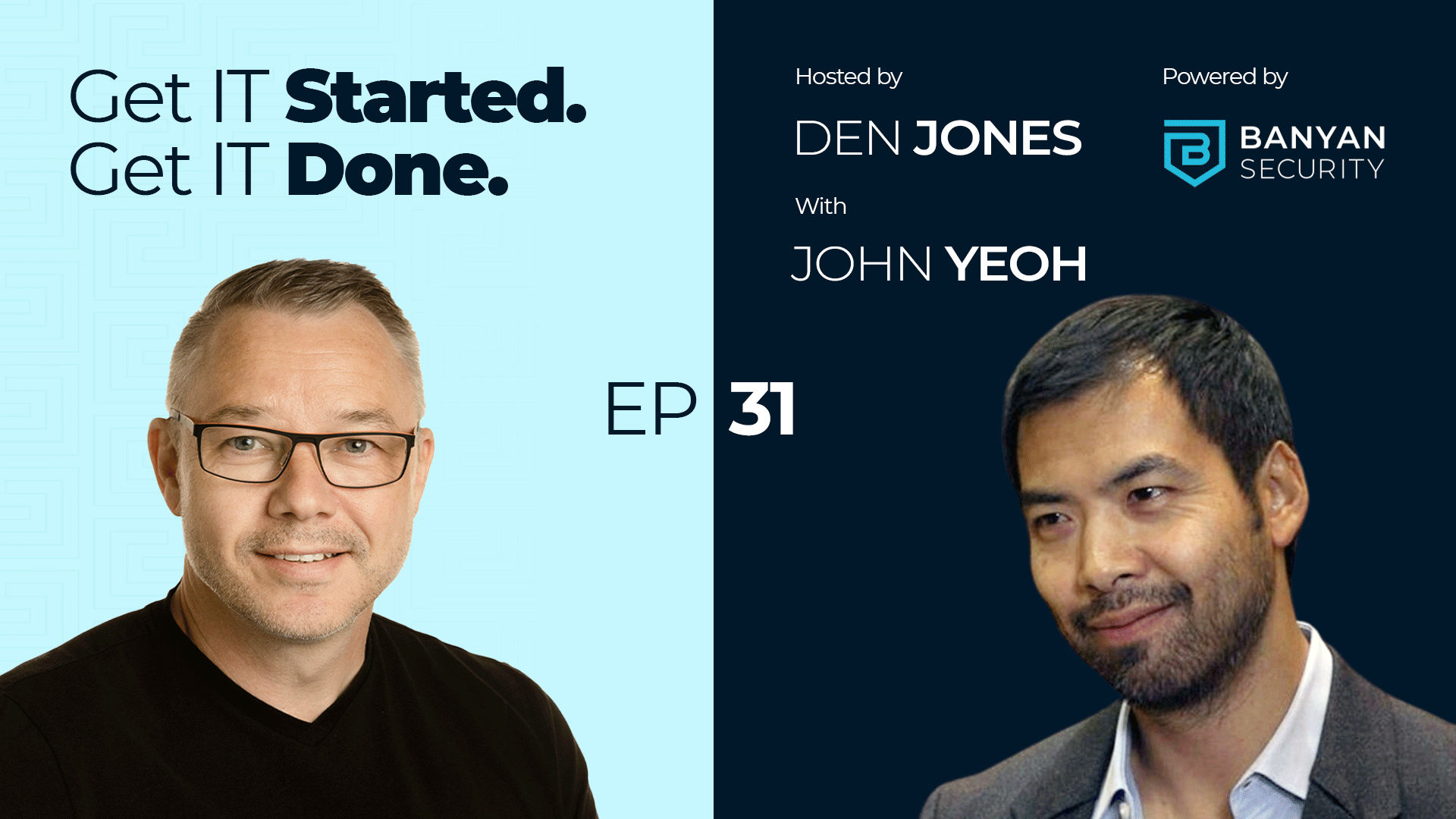A Cloud Ecosystem refers to the interconnected network of cloud computing services, solutions, technologies, and providers that collectively enable the delivery, management, and consumption of cloud resources and services. It encompasses the entire cloud computing landscape, including infrastructure, platform, software, and other related components. Cloud ecosystems are designed to support various use cases, meet diverse business needs, and foster innovation within the cloud computing environment.
How cloud ecosystems are used:
- Cloud Service Providers (CSPs): CSPs like Amazon Web Services (AWS), Microsoft Azure, Google Cloud Platform (GCP), and IBM Cloud are central components of the cloud ecosystem. They offer a wide range of cloud services, including computing, storage, databases, analytics, and AI, which organizations can leverage to build and scale their IT infrastructure.
- SaaS Applications: Software as a Service (SaaS) providers, such as Salesforce, Adobe Creative Cloud, and Dropbox, offer applications and services that are accessed by users over the internet. These applications are hosted in the cloud and are a key part of the cloud ecosystem for businesses and individuals.
- PaaS and Development Tools: Platforms as a Service (PaaS) providers, like Heroku, Google App Engine, and Microsoft Azure App Service, offer development platforms and tools that streamline application development, deployment, and management in the cloud.
- DevOps and Continuous Integration/Continuous Deployment (CI/CD): Tools and services for DevOps and CI/CD, such as Jenkins, Travis CI, and GitLab CI/CD, are integral to the cloud ecosystem. They enable organizations to automate software development processes, testing, and deployment in cloud environments.
- Container Orchestration: Container orchestration platforms like Kubernetes play a vital role in managing and scaling containerized applications within the cloud ecosystem. They provide the infrastructure for deploying and managing containers efficiently.
- Serverless Computing: Serverless platforms, such as AWS Lambda and Azure Functions, are part of the cloud ecosystem, allowing developers to run code in response to events without managing server infrastructure.
- Database Services: Cloud providers offer a variety of database services, including relational databases (e.g., Amazon RDS, Azure SQL Database), NoSQL databases (e.g., Amazon DynamoDB, Azure Cosmos DB), and data warehousing (e.g., Google BigQuery), which are essential components of many cloud-based applications.
- IoT and Edge Computing: Cloud ecosystems support IoT and edge computing by providing the infrastructure and services needed to collect, process, and analyze data from IoT devices and edge locations. AWS IoT and Azure IoT are examples of cloud services in this domain.
- AI and Machine Learning: Cloud providers offer AI and machine learning services, such as Amazon SageMaker, Azure Machine Learning, and Google AI Platform, which enable organizations to develop and deploy machine learning models in the cloud.
- Data Analytics and Big Data: Cloud ecosystems offer data analytics and big data services like Amazon EMR, Azure HDInsight, and Google BigQuery to help organizations analyze large datasets and gain insights from their data.
- Content Delivery and CDN: Content delivery networks (CDNs) like Amazon CloudFront and Akamai are part of the cloud ecosystem. They help deliver web content, videos, and other media to users around the world with low latency and high performance.
- Hybrid and Multi-Cloud Solutions: Solutions that facilitate hybrid and multi-cloud deployments, such as VMware Cloud on AWS and Anthos by Google Cloud, are integral to the cloud ecosystem. They enable organizations to integrate on-premises infrastructure with cloud resources.
- Cloud Security and Identity Management: Security services and identity management solutions, like AWS Identity and Access Management (IAM) and Azure Active Directory, are essential components that help organizations secure their cloud environments and manage user access.
- Marketplaces and Third-Party Integrations: Many cloud ecosystems include marketplaces where third-party vendors offer complementary services, applications, and integrations that enhance the capabilities of the cloud platform. For example, the AWS Marketplace and Azure Marketplace provide a wide range of third-party solutions.
The cloud ecosystem is dynamic and ever-expanding, with continuous innovation and the introduction of new services and technologies. Organizations leverage the components of the cloud ecosystem to build, scale, and optimize their cloud-based solutions, addressing a wide range of business needs and requirements.








